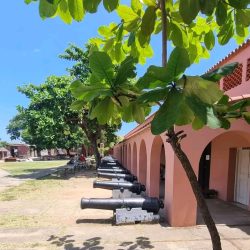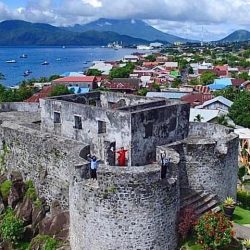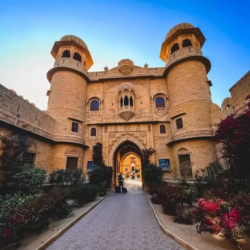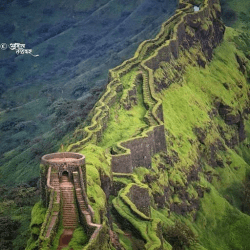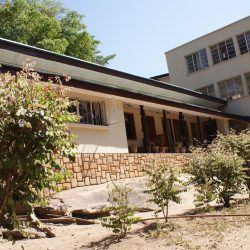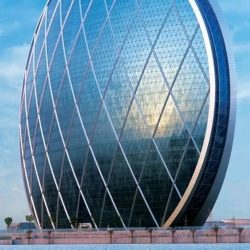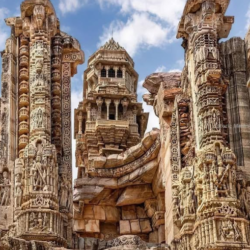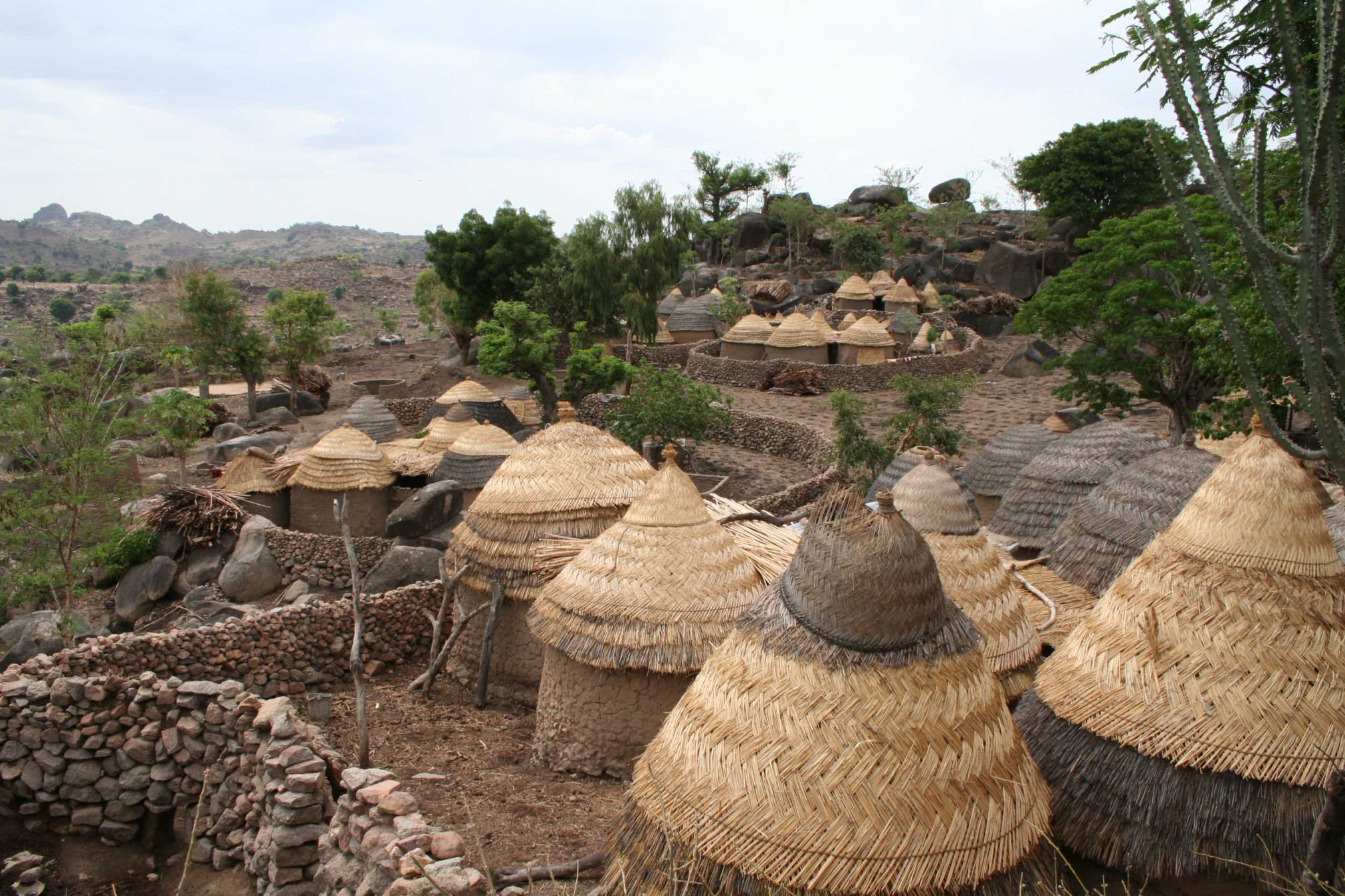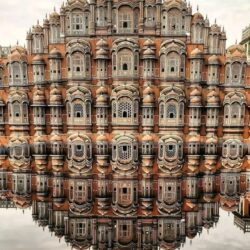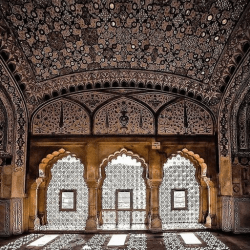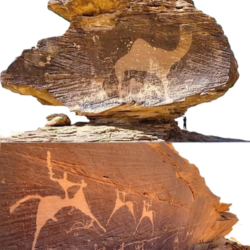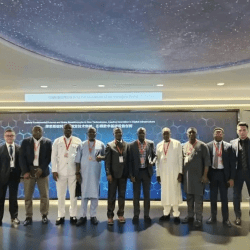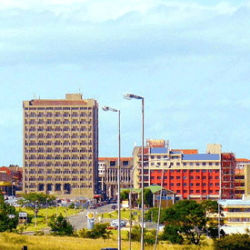The Dubai Museum, located in the heart of Bur Dubai within the storied Al Fahidi Fort, stands as a proud testament to the Emirate’s deep-rooted heritage and astonishing transformation. For students, historians, and curious travelers, the museum serves not only as a window into the past but also as a contextual lens through which Dubai’s meteoric rise can be more thoroughly appreciated. This long-form educational guide offers an immersive exploration of the museum’s historical, cultural, and educational significance.
History of Al Fahidi Fort
Constructed around 1787, Al Fahidi Fort is recognized as the oldest surviving building in Dubai. Strategically built to defend against potential invasions from surrounding tribes and seafaring aggressors, the fort was a critical part of Dubai’s early infrastructure. Initially serving as a seat of governance, it functioned as the residence of the ruling family, a military garrison, and later, a prison. In 1971—the year of the UAE’s formation—it was officially converted into a museum. This act of transformation was symbolic, preserving a piece of the past just as the young nation was forging its modern identity.
Architectural Features of the Fort
Al Fahidi Fort is built from traditional materials including coral rock, gypsum, and teak wood, reflecting the environmental adaptations of early Emirati architecture. The structure is fortified by three robust towers and an interior courtyard showcasing vintage artillery and dhows (wooden boats). A distinctive feature is the grand teak door adorned with brass spikes, historically used for protection. Scattered around the courtyard are traditional huts made from palm fronds, or areesha, illustrating the domestic settings of the past.
Dubai Before Oil: Historical Background
Before the discovery of oil in the 1960s, Dubai’s economy revolved around fishing, pearling, and trade. Seasonal migration patterns dictated life in the desert, and the Bedouin people developed extensive knowledge of natural water sources, wind patterns, and trade routes. Dubai’s creek allowed it to evolve into a bustling port city, engaging in commerce with India, Persia, and East Africa. The harsh desert conditions fostered a culture of resilience, cooperation, and innovation that continues to shape Emirati identity.
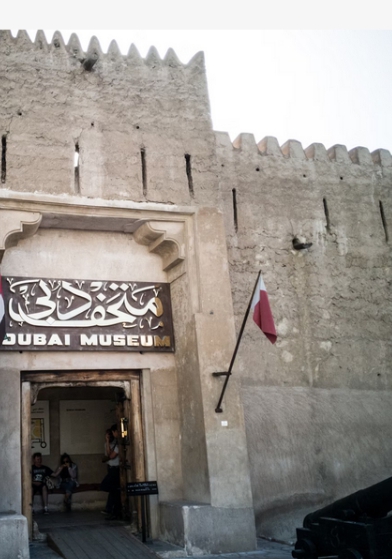
Main Exhibitions at the Dubai Museum
Descending into the museum’s underground galleries via a spiraling ramp, visitors are greeted with an introductory video and a detailed timeline highlighting key moments in Dubai’s development. These exhibits integrate archival footage, historical photographs, and interactive media, providing a dynamic narrative of the city’s transformation from a modest village to a global city.
Mock Souq: Life in Old Dubai
One of the museum’s most captivating features is the recreated souq (marketplace), complete with life-size dioramas of shopkeepers, tailors, and artisans at work. Accompanied by ambient sound effects and realistic lighting, this section effectively immerses visitors in the sensory and social atmosphere of pre-oil Dubai. It’s an educational treasure for students and tourists alike, offering tangible insights into the era’s economic and social dynamics.
Maritime Heritage and Pearl Diving
Dubai’s intimate relationship with the sea is explored through comprehensive exhibits on maritime culture. A highlight is the pearl diving section, which showcases rudimentary yet effective gear such as nose clips, leather gloves, and weighted ropes. Accompanied by stories of endurance and bravery, these exhibits honor the divers who once risked their lives to secure Dubai’s economic future. The museum also explains the dhows’ construction and how maritime trade connected Dubai to the broader Indian Ocean world.
Desert Life and Bedouin Culture
The desert exhibits delve into the Bedouin way of life, showcasing traditional clothing, nomadic tents, cooking tools, and storytelling practices. One can learn about falconry, a cultural cornerstone and hunting method still revered today. The displays emphasize the balance Bedouins struck between adaptation and sustainability, highlighting their reliance on oral history, poetry, and communal values.
Weapons and Defense Displays
Another fascinating section of the museum is its display of traditional weapons and defense mechanisms. From curved daggers (khanjars) and rifles to swords and shields, the exhibit contextualizes the kinds of conflicts and defense strategies that shaped the region’s history. These weapons are not just military tools but are also viewed as cultural artifacts, often richly decorated and passed down through generations.
Traditional Music and Instruments
Emirati musical traditions are well represented, with exhibits displaying instruments such as the oud (a stringed instrument), tambourines, and drums. Music in the UAE has long been tied to important social events like weddings, religious festivals, and boat launches. Accompanying descriptions provide context on the role of rhythm in daily life and ceremonies, underscoring how music acted as a communal experience.
Archaeological Discoveries
Perhaps one of the most academically significant features of the Dubai Museum is its display of archaeological finds. Artifacts from ancient settlements in Jumeirah, Al Qusais, Hatta, and other sites confirm that the area has been inhabited for over 4000 years. These finds include pottery, tools, coins, and burial items, offering critical insights into trade, agriculture, and spiritual beliefs of the region’s earliest civilizations.
Educational Programs and Outreach
Dubai Museum actively supports educational engagement through guided tours, school programs, and interactive exhibits. Customized itineraries are available for students, designed to complement UAE history curriculums. The museum regularly collaborates with academic institutions to promote historical research and heritage awareness among youth. Touch-screen displays, audio guides, and multilingual materials enhance the accessibility and educational impact.
Accessibility and Visitor Information
Located in the Al Fahidi Historical District, the museum is easily accessible by metro (Al Fahidi Station) and public transport. It’s open every day except Friday mornings, with modest entry fees. Facilities include clean restrooms, a small gift shop, and ramps for wheelchair access. Visitors are encouraged to allocate at least 90 minutes to fully explore the museum, especially during off-peak hours for a more immersive experience.
Comparative Analysis: Dubai Museum vs Modern Dubai
The juxtaposition between the humble exhibits of the museum and the skyscrapers just across the creek is striking. Dubai’s present-day identity is inextricably tied to its rapid modernization—but the Dubai Museum insists that the future must be rooted in an understanding of the past. As visitors leave the museum, they are left to ponder how a city known for the world’s tallest building once depended on pearl diving and camel caravans.
Role of the Museum in the UAE’s National Identity
As the UAE continues to define its place in the global order, cultural institutions like the Dubai Museum play an essential role. They preserve and propagate the values of heritage, unity, and resilience. The museum does more than chronicle history—it celebrates the identity of a people who have balanced the old and new with exceptional poise.
Conclusion
The Dubai Museum in Al Fahidi Fort offers an enriching, multi-sensory journey through the UAE’s past. Through carefully curated exhibits and immersive reconstructions, it encapsulates the Emirati spirit—a blend of tradition, adaptation, and ambition. For educators, students, and heritage enthusiasts, it is an indispensable resource that brings history to life while laying the foundation for future cultural understanding.
FAQs
- Is photography allowed inside the Dubai Museum?
Yes, non-flash photography is generally allowed, but some areas may have restrictions. - How long should a typical visit to the Dubai Museum take?
A thorough visit takes around 90 minutes to 2 hours, depending on interest levels. - Are there educational materials available for students?
Yes, guided tours and educational pamphlets are available, and teachers can pre-arrange academic sessions. - What languages are the exhibits in?
Most displays include Arabic and English descriptions, with some materials available in additional languages. - Is the museum suitable for young children?
Absolutely. The life-size dioramas and interactive elements make it engaging for children, especially those over the age of 6.
